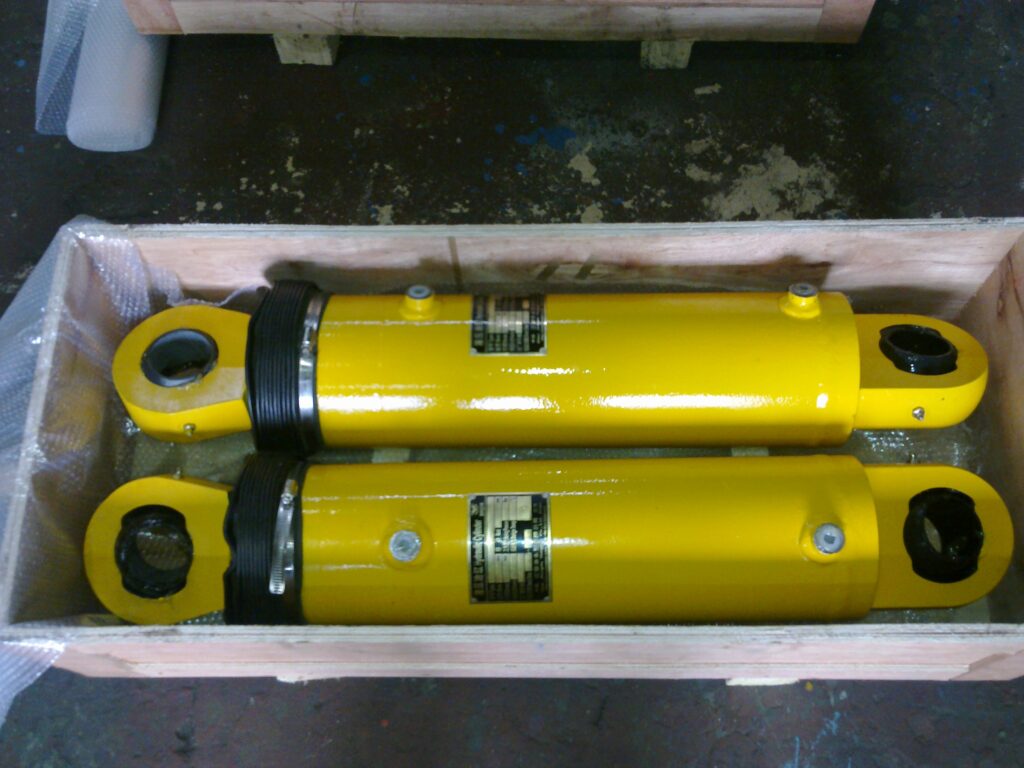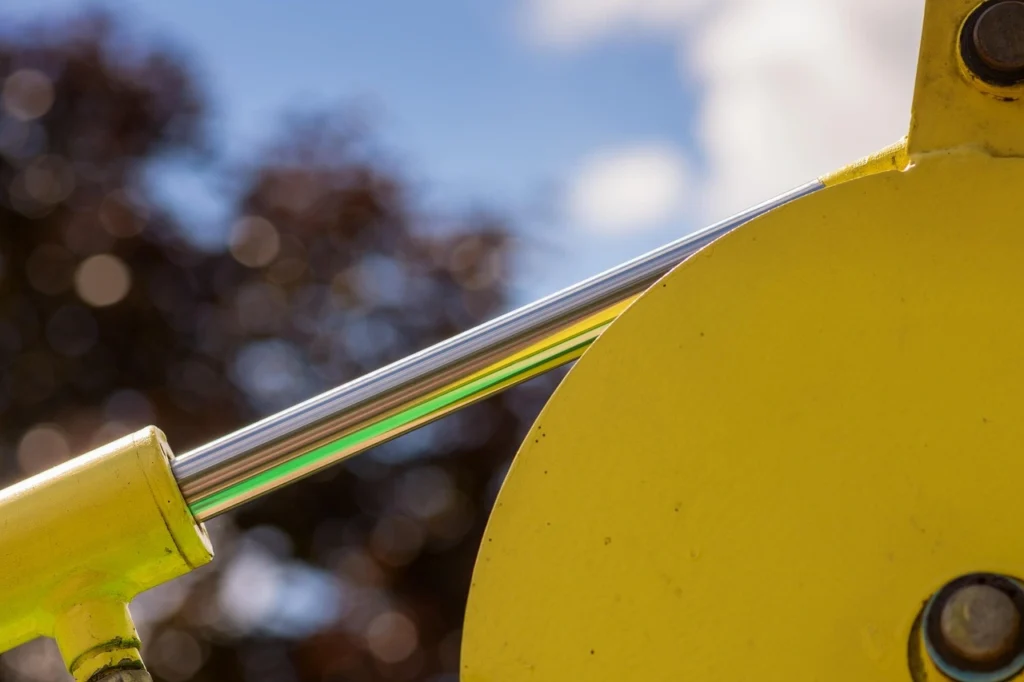How to Prevent Side Loading in Hydraulic Cylinders During Installation
Hydraulic cylinders are critical components in heavy machinery, but improper installation can lead to costly failures. One common issue—misalignment-induced side loading—often results in uneven wear, reduced efficiency, and shortened cylinder lifespan. In this article, we explore why misalignment happens, how to spot it, and actionable solutions to protect your equipment.


What is Side Loading in Hydraulic Cylinders?
Side loading occurs when a force is applied to the hydraulic cylinder in a direction other than its intended straight-line motion. This off-axis force creates stress on the cylinder components, especially the piston rod and seals, leading to increased friction, leakage, and eventual damage.
Symptoms of Hydraulic Cylinder Misalignment
Uneven wear patterns on seals, piston rods, or cylinder walls.
Premature seal failure or fluid leaks due to asymmetric pressure.
Reduced operational efficiency, including jerky movements or unsteady force output.
Excessive heat generation at friction points.
Root Causes of Misalignment and Side Loading
1. Axial Misalignment During Installation
Improper alignment between the cylinder’s axis and the load’s movement path forces the piston rod to bend or twist during operation. This creates uneven stress on seals and bearings, accelerating wear.
2. Weak or Loose Mounting Supports
Insufficiently rigid brackets or loose mounting bolts allow the cylinder to shift under load. Over time, this instability magnifies misalignment forces.
3. Poorly Compensated Angular Deflections
Rigid mounting systems lack flexibility to accommodate natural shifts in machinery, leading to cumulative stress on the cylinder.
Proven Solutions to Fix and Prevent Misalignment
✅ Step 1: Realign the Cylinder and Load
Use laser alignment tools to ensure the cylinder’s axis matches the load’s travel path.
Check parallelism between mounting points and adjust shims as needed.
✅ Step 2: Reinforce Mounting Structures
Replace worn or undersized brackets with high-rigidity materials (e.g., steel supports).
Tighten bolts to manufacturer-recommended torque specifications and inspect periodically.
✅ Step 3: Use Compensating Hardware
Install swivel joints or spherical bearings at mounting points to absorb angular deviations.
Opt for clevis or flange mounts with built-in pivoting capabilities.
✅ Step 4: Implement Preventative Maintenance
Schedule routine inspections for alignment, wear, and bolt tightness.
Monitor hydraulic fluid cleanliness to reduce abrasive particle damage.
Why Proper Alignment Matters
Correctly aligned hydraulic cylinders:
Extend component lifespan by up to 40%.
Reduce energy consumption by minimizing friction losses.
Ensure consistent machine performance and safety.
Hydraulic cylinder misalignment is a preventable problem. By prioritizing precision during installation and adopting flexible mounting solutions, operators can avoid costly downtime and maximize ROI. For complex systems, consult a hydraulic specialist to design a tailored alignment strategy.

